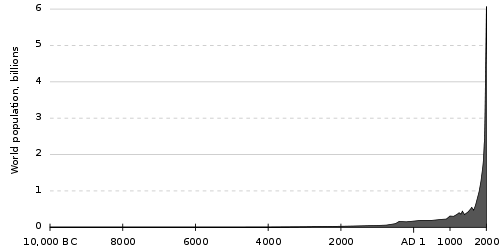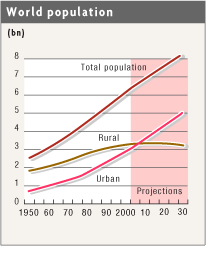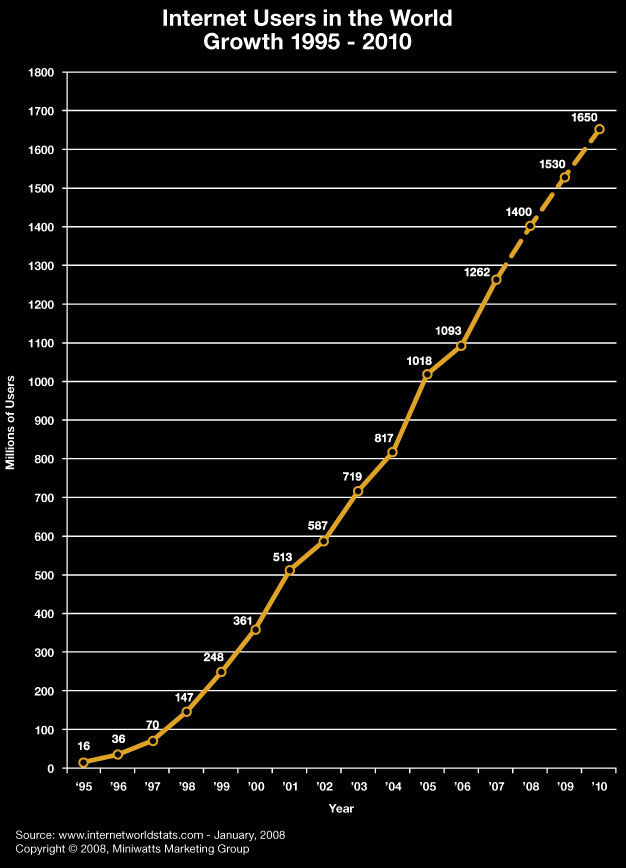“Before we unlock the future, we must find the keys to the past.” Leonard Nemoy, Ancient Mysteries (1996), Arts & Entertainment
We are situated now at the beginnings of the 3rd millenium A.D. Reflecting on the past 5 millennia of history and another 295,000 years prior to that in Homo sapiens prehistory, as well as further before that, is critical to understanding our own place in the universe before moving on. Carl Sagan’s DVD series, Cosmos: A Personal Voyage elegantly summarizes this. Another popular book, by Stephen Hawking, A Brief History of Time may also be good reading. I also have a brief transitional history post on Near the Turn of the 21st Century: A Pivotal Point in Human History.
First, a brief timeline of where we stand in time, from the reference point of the present. The current scientific view is that the universe was formed about 14 billion years ago (or about 2.8 million times the length of recorded human history) from the condensation of matter due to gravity, with the age of the Sun, our solar system, and Earth to be about 4 and a half billion years old. It’s possible that this is only one of many universes that was formed, and this cycle of birth and rebirth of universes occurs constantly. The vastness of the universe is mind-boggling – it is said that the stars of the present universe with its multidinous galaxies are more numerous than all the grains of sand on all the beaches of the Earth.

Most of life that has ever existed on the planet Earth appeared in the form of bacteria, which first appeared about 3.8 billion years ago, and the first multicellular organisms surfaced about 1 billion years ago. The first human-like ancestors appeared on the Earth about 2.5 million years ago, and the Homo sapiens species first appeared about 300 000 years ago. The first Homo sapiens who walked out of Africa diverted into several routes and eventually populated the whole globe. The extent to which Homo sapiens interacted with the Neanderthals in Europe and Homo erectus in Asia, both of whom were also of the genus Homo and left Africa much earlier than Homo sapiens, is unclear. Eventually, the Neanderthals and Homo erectus went extinct (although it’s possible that some of their genes are still present in us).
Once agriculture was developed, people could more readily settle in one place versus the previous more nomadic lifestyle of following where the food was depending on the weather, or of following the food supply of the herd of livestock. Eventually, these more stable settlements gave rise to villages, towns, and cities. Rome, the largest city of the ancient world, had about 1 million inhabitants, which was quite a feat to house so many people in one location, considering the much more primitive technology at the time.
History was developed probably close to 5000 years ago. Before that, prehistory comprises about 98% of Homo sapiens roaming on the Earth. Stone tools, fire (first discovery, then usage, and finally creation/manipulation), and drawings that later gave rise to writing were some major advances made by these early humans. Invention of the wheel was relatively late, near the beginnings of history.
The following page is a good summary on the 5 Most Important Inventions of Humanity
Next, a few growth curves. As you can see below, the human population has just simply exploded since the Industrial Revolution, especially since the last half of the 20th century.
The estimated world human population from 10,000 BC–2000 AD:

More people likely mean a more productive society. With the exponential rise in human population, there will hopefully be greater human technological innovation in the near and distant future.
The United Nations has noted that as of 2008, for the first time in history, more than half of the world’s population live in towns and cities versus in rural areas. By 2030 this number will swell to a staggering number of close to 5 billion, with urban growth concentrated in Africa and Asia.
An urbanization growth curve is shown below:

Cities are also critical to improving society, as a more focused and concentrated group of people at one location generally contributes to greater productivity.
With respect to the internet, one of the major advances in modern society, and an important component to a better-informed society and more intelligent citizens, an internet users’ growth curve is found below:
 Source: http://www.progressoconsulting.com/
Source: http://www.progressoconsulting.com/
At the same time, in the midst of all this change, as the French proverb goes, “Plus ça change, plus c’est la même chose,” or the more things change, the more they stay the same. Also known as “there is nothing new under the sun,” as noted through the Biblical proverb. One good example of this constancy is that people in prehistoric times used to communicate with each other through voice. Then, people were able to write letters to each other with the invention of writing and paper. Once the telephone was invented, people could phone each other, thus returning to speaking. Then, when the computer and internet were born, people emailed each other, another form of writing. Eventually, people obtained cell phones to call each other. Then, they can now text message each other and write again. Of course, many of these activities are not mutually exclusive, although it does point out the cyclical nature of the world and the universe.
As Carl Sagan stated in a commemorative edition of Cosmos, people seem to have been presented with two main choices: one is to use technological advances honorably, while the other is to use it in less than honorable means. We can actively choose to invent technologies that improve the well-being of people in society, and we can choose to actively support technologies that foster our growth as a global civilization. The choice is ours.
Finally, I’d like to end off with a couple of sites that would be useful to stimulate ideas, the future fodder for all technological advances. New ideas and original thinking will be the creative sparks that will allow future technological innovation to thrive:
AeyTimes Idea Journal
Ted: Ideas Worth Spreading